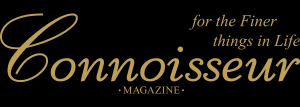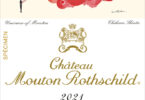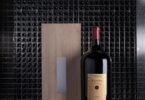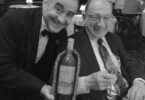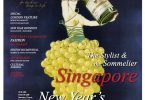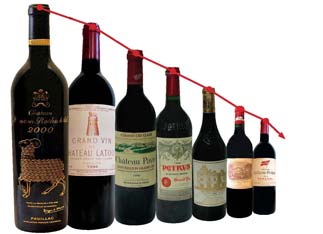
“Bordeaux is France’s biggest wine exporting region, so what goes on there is closely watched by wine experts around the world. Bordeaux dominates the wine market. More precisely, the perception of Bordeaux dominates the world trade in fine wines. When people talk of wine prices, invariably they mean Bordeaux prices, because Bordeaux wines are the only wines that are truly a commodity. Old Bordeaux are sold at auctions, like paintings and rare jewels, and new Bordeaux are bought on future contracts, like wheat and pork bellies”.
